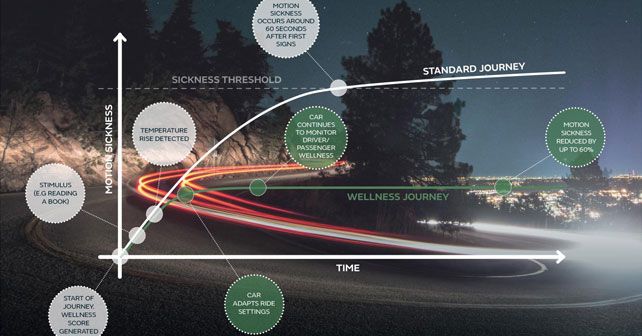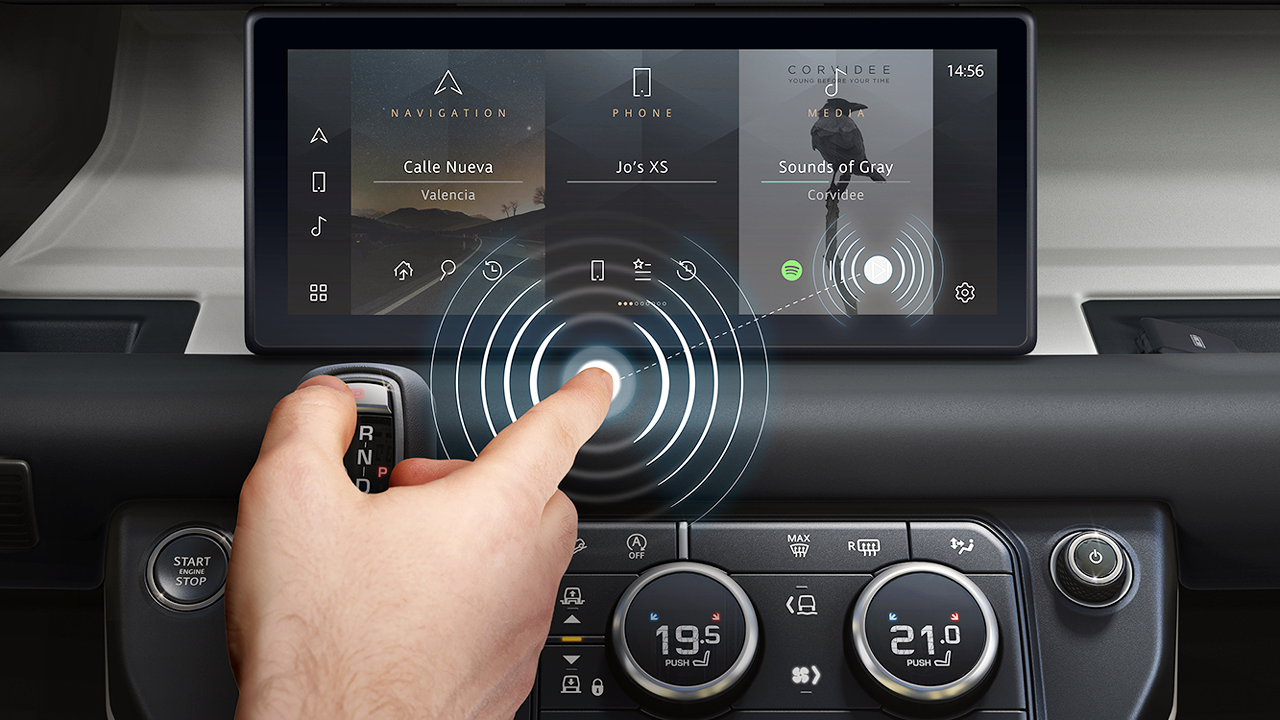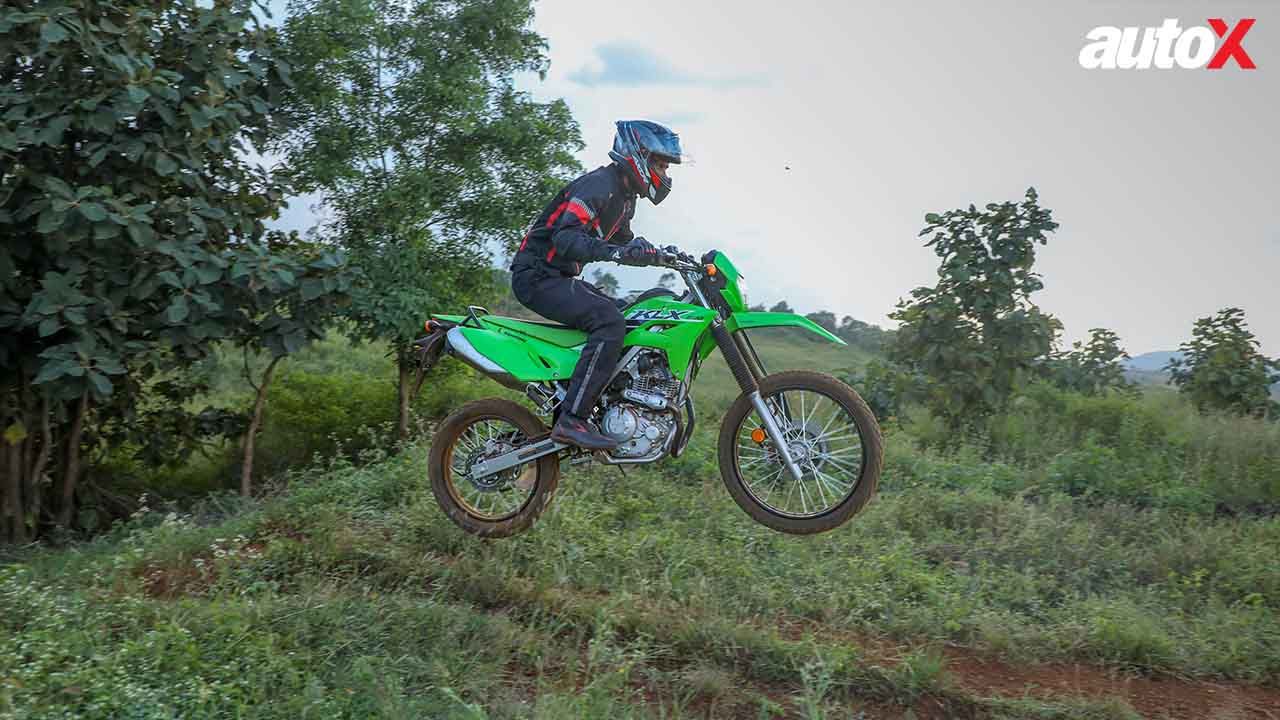JLR reveals motion sickness reducing tech
Jaguar Land Rover uses technology to reduce symptoms for motion sickness.

Jaguar Land Rover uses technology to reduce symptoms for motion sickness.
Motion sickness has been around pretty much ever since humans started going faster than was naturally possible and until now the only solution at hand would be the little pill you can pop. But Jaguar Land Rover has now come out with a solution that allows them to say that they can do one better. Like close to near about any solution developed these days, this one too is catered to by technology.
Sticking with the new age business, JLR has an in-house ‘Wellness Technology Researcher’ who goes by the name of Spencer Salter. Salter has been working on the concept of autonomous vehicles where motion sickness becomes an even more significant aspect considering that occupants in autonomous cars will have all of their travel time to do various things such as stay engaged on their phones, tabs, computers, etc.
Salter explains: “As we move towards an autonomous future where occupants will have more time to either work, read or relax on longer journeys, it's important we develop vehicles that can adapt to reduce the effects of motion sickness in a way that's tailored to each passenger.”
The basic principle because of which motion sickness affects an individual is when their eyes process different information as compared to their other senses such as the inner ear, body forces and skin.
To combat this problem, JLR has used biometric sensors to record physiological signals in order to analyse the data and calculate how susceptible passengers are to feeling car sick. JLR’s system then combines this data with motion and dynamics data of the car and places it on a new scale it refers to as the ‘Wellness Score’. Based on this information, the car will be able to understand when a person in the car is becoming motion sick and a variety of in-cabin factors can be altered on-the-go to make passengers feel better.
JLR has already collected motion sickness data worth 15,000 miles by conducting tests on the effects it has on people who check emails during transit. This information has been used to create a baseline driving style for autonomous cars to keep their occupants from feeling motion sickness.
Dr. Steve Iley, Jaguar Land Rover Chief Medical Officer, explains, “This cutting-edge research has created a solution that, with its solid scientific foundation, can make travelling enjoyable, regardless of your susceptibility to motion sickness. As a parent of young children, who are most susceptible to car sickness, I am particularly excited by the benefits this research can have in making long journeys comfortable and stress-free for families.”

JLR says that its new E-Pace all-electric SUV already comes with some features that are designed to negate motion sickness in the form of the vehicle’s Adaptive Dynamics system that removes low-frequency motion from the road by adjusting the suspension setting every 10 milliseconds. Then there are front seat settings that allow passengers to raise the infotainment screen relative to their eye level.
JLR has stated that its first phase of research for motion sickness is now complete and will be used for further research to make the in-cabin experience more comfortable for future models, inclusive of autonomous cars.
























Write your Comment on